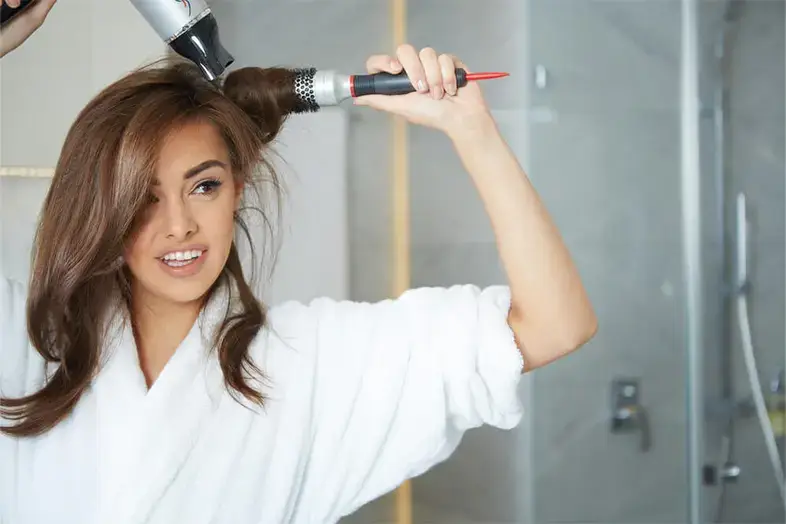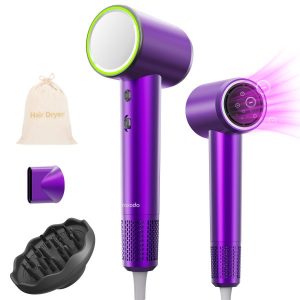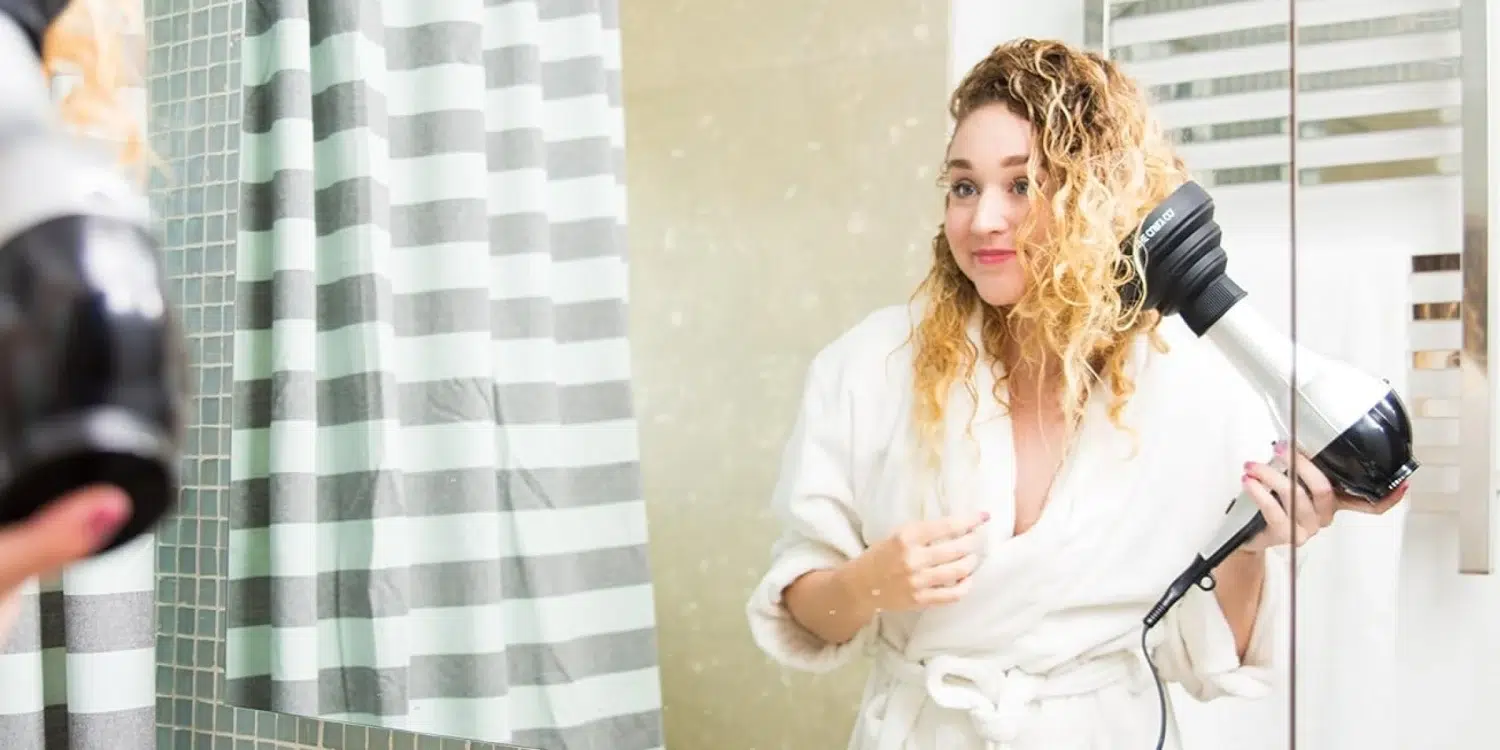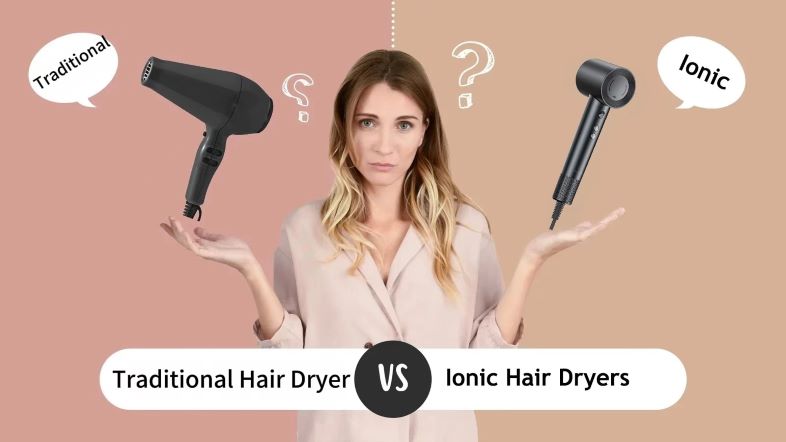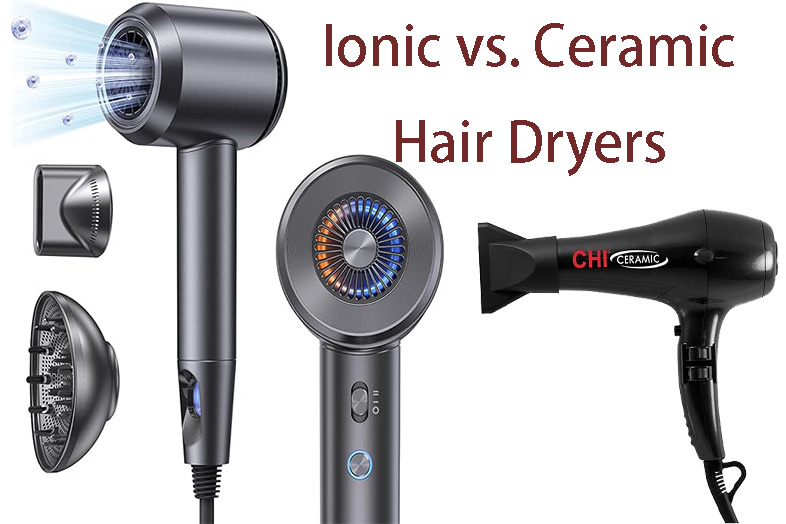Mastering the use of your blow dryer is akin to an artist mastering their brush; it is the foundation of creating countless hairstyles, from sleek, straight looks to bouncy curls. Understanding how to effectively use a blow dryer goes beyond simply drying your hair. It involves utilizing techniques that can help protect your hair from damage, reduce frizz, and significantly improve the overall health and appearance of your hair. A well-executed blow dry can elevate your hairstyle, giving it a professional finish that lasts longer and looks more polished. Moreover, with the right skills, you can reduce styling time and prevent common hair issues such as breakage and heat damage, ensuring your hair remains vibrant and healthy.
Brief History of Blow Drying Techniques and Their Evolution
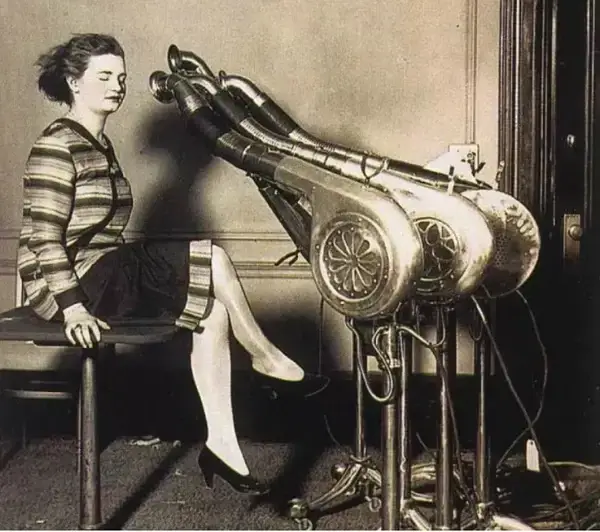
The journey of blow drying techniques through history is a fascinating one, beginning in the late 19th century with the invention of the handheld hair dryer. Initially, these devices were bulky, heavy, and not very efficient, offering minimal heat and power. Over the decades, technological advancements have transformed blow dryers into lightweight, powerful tools essential in both salons and homes. The 1960s and 70s saw the introduction of styling nozzles and attachments, allowing for more precision and variety in styling. In the 21st century, ionic and ceramic technology revolutionized blow drying, making it quicker, safer, and more effective at preserving hair health while offering a myriad of styling options. Today, mastering blow drying techniques means leveraging these advancements to create styles that were once only achievable by professional stylists.
Understanding Your Blow Dryer
Different Types of Blow Dryers and Their Features
Blow dryers come in various types, each with features designed to cater to different hair needs and styling preferences. The most common types include:
Ionic Blow Dryers: These emit negative ions that break down water molecules, allowing for faster drying times and reduced heat damage. They are ideal for reducing frizz and enhancing shine.
Ceramic Blow Dryers: Known for their ability to distribute heat evenly and gently, ceramic dryers are suitable for all hair types, particularly for those with fine or dry hair prone to damage.
Tourmaline Blow Dryers: A step up from ionic dryers, tourmaline dryers produce more negative ions, enhancing the hair’s smoothness and shine even further, making them perfect for frizzy or curly hair.

Professional Blow Dryers: Often featuring a combination of ionic, ceramic, and tourmaline technologies, these dryers offer high power, durability, and multiple heat settings for precise styling control.
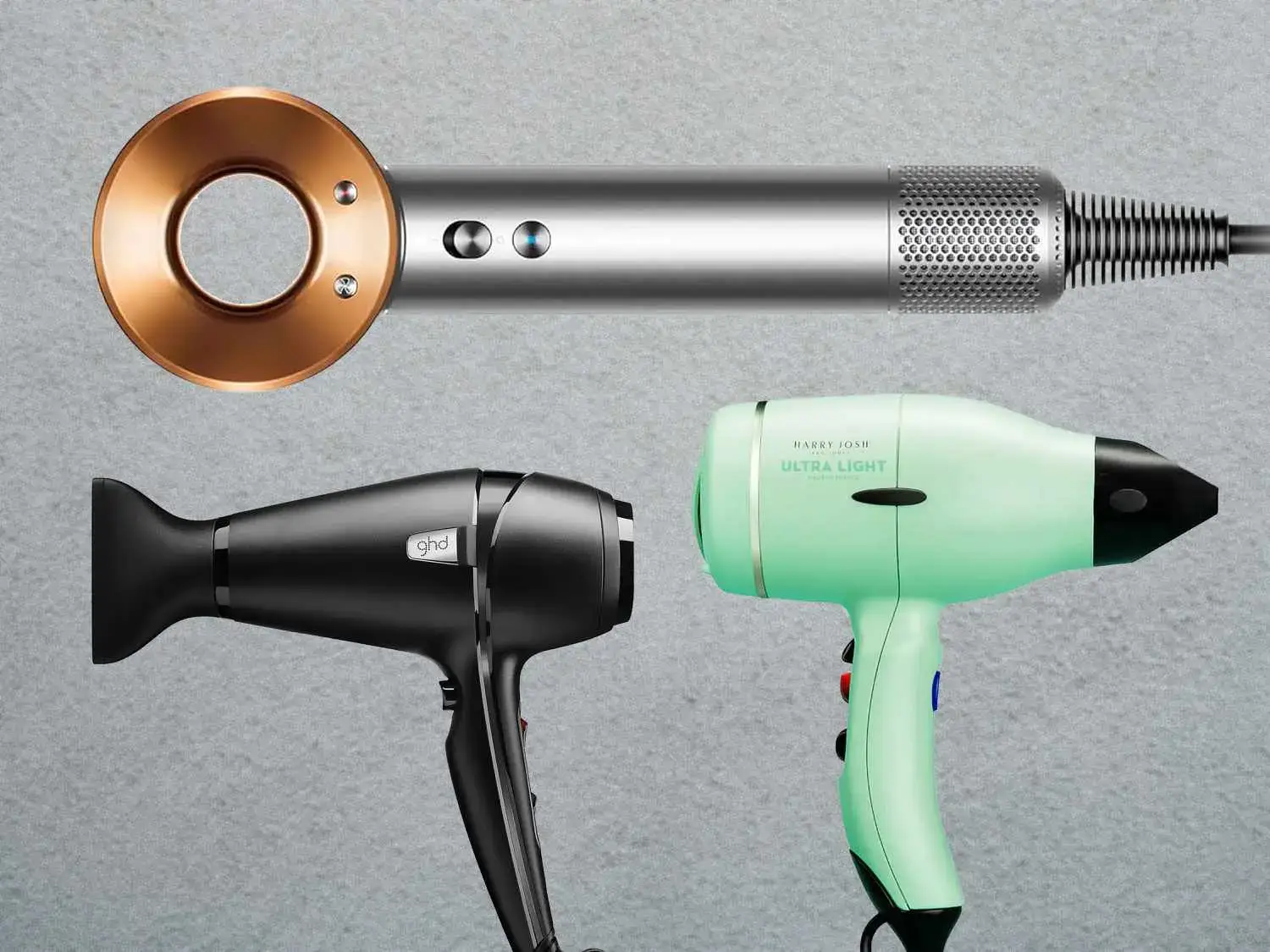
How to Select the Right Blow Dryer for Your Hair Type
Choosing the right blow dryer is crucial for achieving optimal styling results while maintaining hair health. Consider the following factors:
For fine or damaged hair, opt for a ceramic dryer with multiple heat settings to minimize heat exposure.
For thick, frizzy, or curly hair, an ionic or tourmaline dryer can reduce frizz and cut down drying time.
Look for dryers with adjustable heat and speed settings to tailor your drying process according to your hair’s needs and the style you aim to achieve.
Attachments like diffusers are essential for curly hair to distribute heat evenly without disrupting the curl pattern, while concentrator nozzles can help straighten and smooth hair.
Preparation: Before You Blow Dry
Hair Washing and Conditioning Best Practices
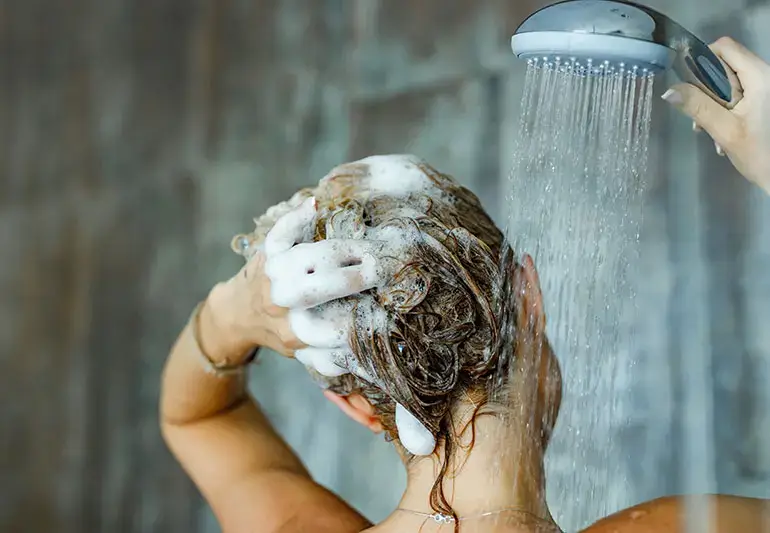
Proper hair washing and conditioning lay the groundwork for a successful blow dry. Use a shampoo and conditioner suited to your hair type. Avoid hot water, which can strip the hair of its natural oils, leading to dryness and frizz. Instead, opt for lukewarm water and finish with a cool rinse to seal the hair cuticles, enhancing shine and manageability.
Protective Products to Prevent Heat Damage
Before blow drying, applying a heat protectant is a must to shield your hair from potential heat damage. These products form a protective barrier over the hair shaft, keeping moisture locked in and heat stress at bay. For added benefits, look for protectants with conditioning properties suited to your hair type.
Tools and Accessories Needed for Blow Drying
A quality blow dryer with appropriate technology for your hair type.
A round brush for creating volume and smoothness or a paddle brush for straight styles.
Clips to section your hair for more manageable drying segments.
A heat protectant spray or serum to protect against heat damage.
A detangling comb to ensure even product distribution and ease the blow drying process.
Basic Blow Drying Techniques
Sectioning Your Hair for Effective Blow Drying
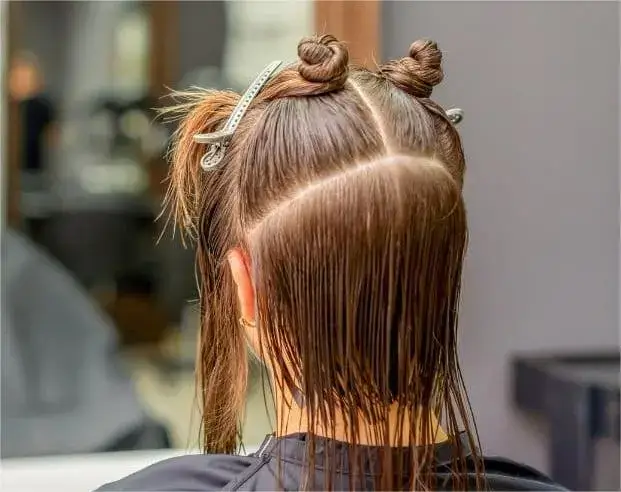
To ensure an even and efficient blow dry, start by sectioning your hair. This process involves dividing your hair into manageable parts, typically starting from the bottom layer and working your way up. Use clips to hold sections in place. This method not only speeds up the drying process but also helps in achieving a more polished look, as you can concentrate on drying one section at a time without the rest getting in the way.
The Right Way to Hold Your Blow Dryer
Holding your blow dryer correctly can significantly impact the outcome of your hairstyle. Aim to hold the dryer in a way that the airflow goes down from roots to ends, which helps to smooth the cuticle and reduce frizz. Keep the dryer at a distance of about six inches from your hair to prevent heat damage. Moving the dryer continuously in a controlled manner helps to distribute heat evenly, preventing overheating of any single area.
Determining the Appropriate Heat and Speed Settings
The key to effective blow drying is choosing the right heat and speed settings for your hair type. Fine or damaged hair should be dried at a lower heat to avoid further damage, while thicker hair may require a higher heat setting to efficiently dry the hair. Use a high-speed setting for removing moisture quickly and switch to a lower speed for styling. Always finish with a cool shot to close the hair cuticles and lock in the style, adding shine.
Creating Different Hairstyles with Your Blow Dryer
Straight and Sleek
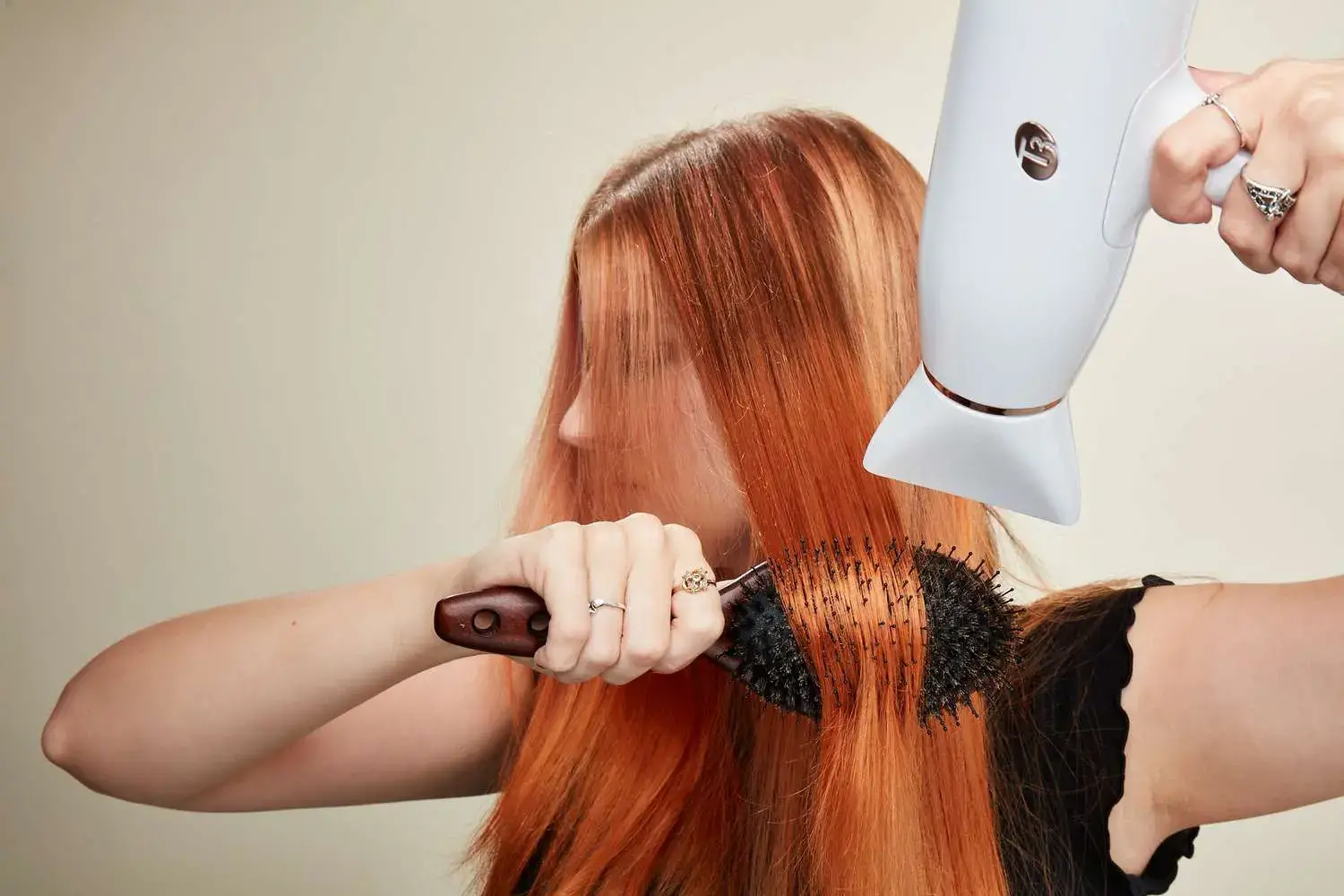
Step-by-step Guide to Achieving a Polished Look
Start with damp hair, applying a heat protectant evenly.
Section your hair as described above.
Use a round brush, pulling each section taut as you dry from roots to ends, directing the airflow downward to enhance smoothness.
For the final touch, use a cool shot to seal the cuticles, which adds shine and sets the style.
Recommended Products for Maintaining Straight Hair
Look for smoothing serums or sprays that add shine and reduce frizz. Lightweight, silicone-based products can help in keeping hair sleek without weighing it down.
Soft Waves
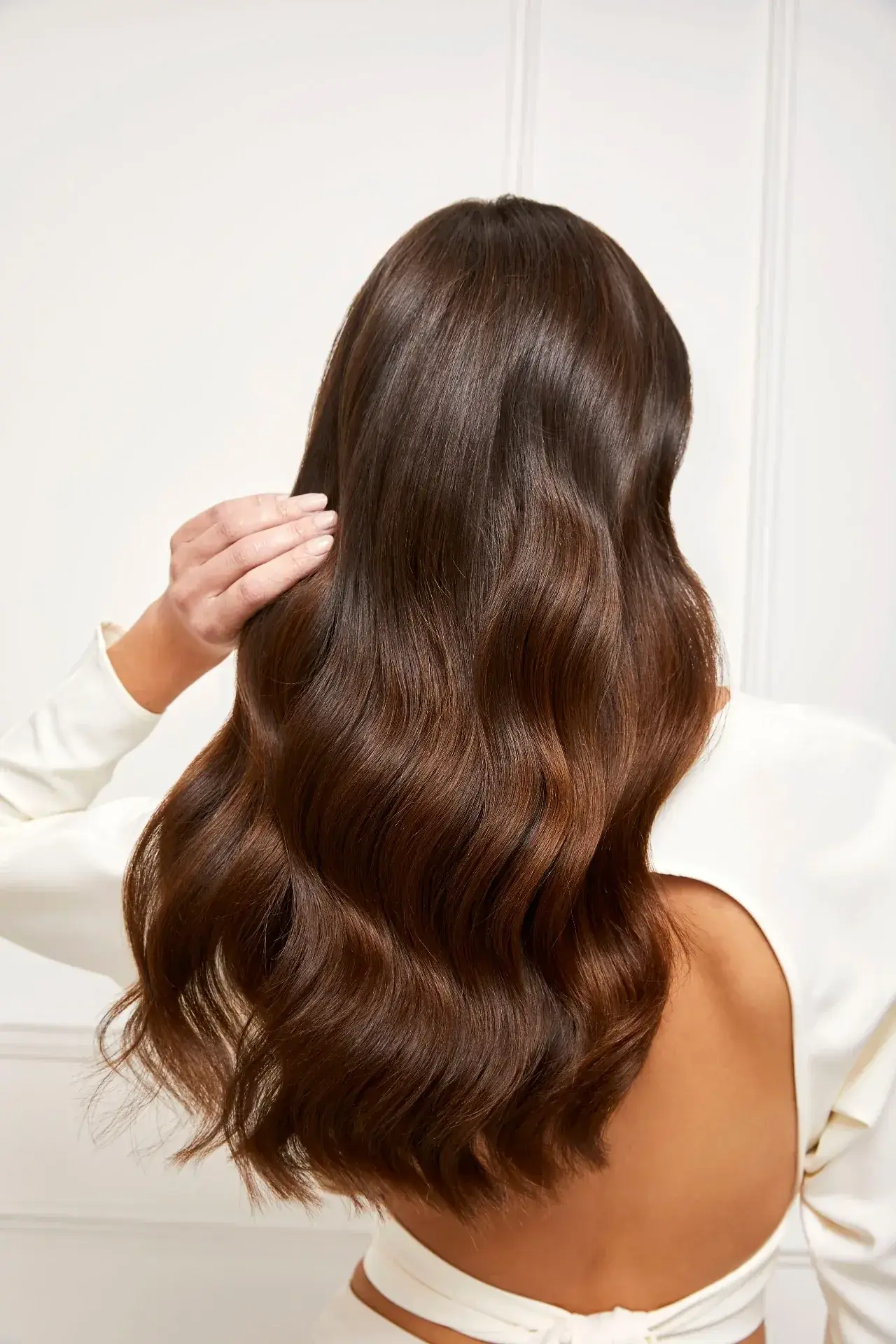
Techniques for Creating Natural-Looking Waves
Prepare your hair with a volumizing mousse to add texture.
Instead of sectioning vertically, divide your hair into horizontal sections.
Twist each section around your fingers and blow dry, using a diffuser attachment if available, to encourage wave formation.
Finish with a cool shot to set the waves.
How to Choose the Right Brush for Waves
A round brush with a larger diameter is ideal for creating soft waves. The larger surface area of the brush barrel helps to create a gentle bend in the hair, rather than tight curls.
Volume and Body
Tips for Adding Volume to Flat Hair
Apply a root-lifting spray or mousse to damp hair before blow drying. Focus on lifting the roots as you dry by directing the airflow upward at the root area.
Techniques for Lifting Roots and Maximizing Body
Use a round brush to lift hair at the roots while drying. Roll the brush under each section at the crown and apply heat. The cool shot can then be used to set the lift and volume created.
Curly and Textured
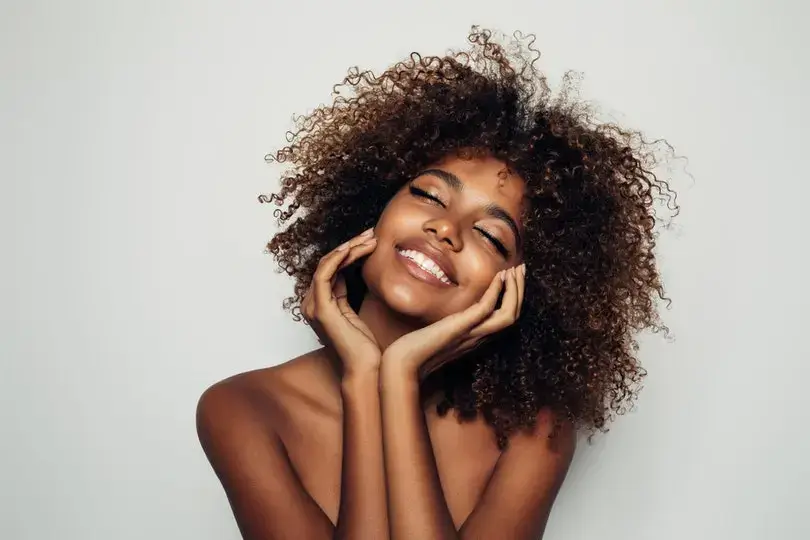
Managing and Enhancing Natural Curls with a Diffuser
Attach a diffuser to your blow dryer to evenly distribute the air and dry curls without disrupting their natural shape. Tilt your head sideways and gently place curls into the diffuser, drying from the ends towards the scalp.
Products to Define Curls and Reduce Frizz
Look for curl-enhancing creams or gels that define and separate curls while providing moisture to keep frizz at bay. Applying a light oil or serum can add shine and further reduce frizz without compromising the curl’s volume and shape.
Advanced Blow Drying Techniques
Creating Flips and Bends
To add playful flips or subtle bends to your hair, start by drying your hair until it’s about 80% dry. Use a round brush to pick up small sections at the ends. For flips, roll the brush outwards and apply heat for a few seconds, then cool air to set. For bends, twist the brush inward as you dry, creating a soft curve. This technique works best on medium to long lengths and adds a fun, dynamic edge to your style.
Blow Drying Bangs and Shorter Layers

Bangs and shorter layers require a gentle approach to avoid over-drying or creating unwanted volume. Start with damp bangs, combing them straight down. Use a flat brush to dry them, pulling the hair left and right as you apply heat. This ensures they lay flat and blend seamlessly with the rest of your hair. For shorter layers, use a small round brush to lift and softly curl the ends under, giving your hair a polished look.
Using Concentrator Nozzles for Precise Styling
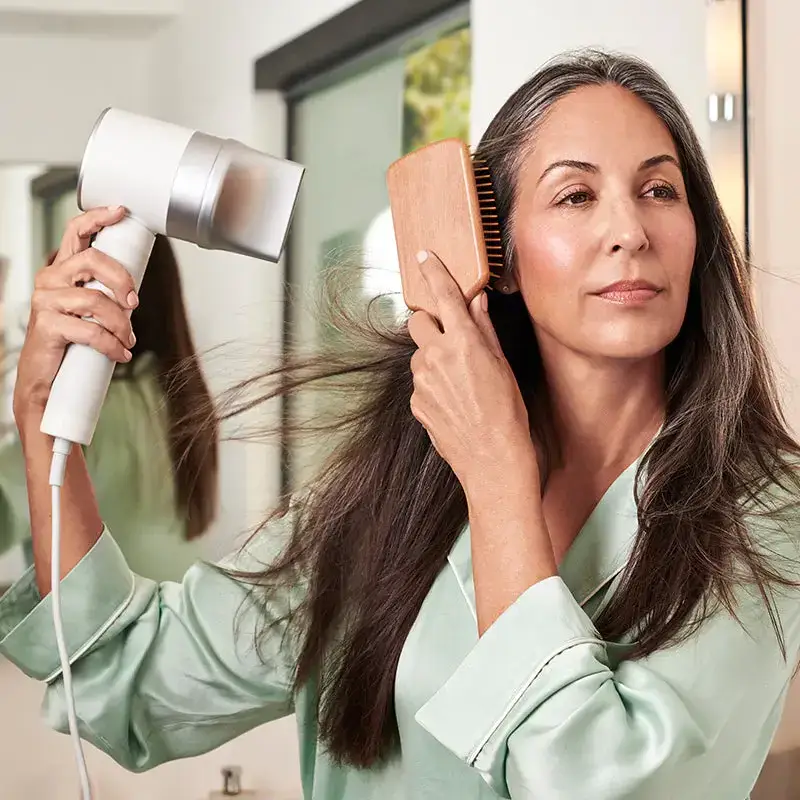
A concentrator nozzle narrows the flow of air, allowing for more targeted styling. It’s ideal for smoothing hair, controlling frizz, and styling specific sections. When aiming for sleek, straight styles, point the nozzle downward, moving from roots to ends to encourage cuticles to lay flat. For precise styling around the face or on bangs, the nozzle helps direct heat where it’s most needed, minimizing damage and maximizing style.
Maintenance and Hair Care
Daily Hair Care Tips for Blow-Dried Styles
To maintain your blow-dried style, wrap your hair in a silk scarf or use a satin pillowcase to reduce friction and frizz while you sleep. Avoid using hair ties that can leave dents or cause breakage. Instead, opt for loose braids or a soft hair clip. Refresh your style with a blast of cool air in the morning, using a brush to gently restyle any areas that have become flat or disheveled overnight.
How Often to Wash and Treat Your Hair
Frequent washing can strip your hair of natural oils, leading to dryness and damage, especially for blow-dried styles. Aim to wash your hair 2-3 times a week, using dry shampoo in between if needed. Deep condition once a week to replenish moisture and maintain hair health. Treatments like hair masks or leave-in conditioners can help repair and protect the hair shaft from the heat styling damage.
Protecting Your Hair from Heat Damage Over Time
Continuous exposure to high heat can weaken your hair, making it prone to breakage and split ends. Always use a heat protectant spray or serum before blow drying, regardless of your hair type. Choose ceramic or ionic dryers that distribute heat more evenly and at a lower temperature. Limit the use of high heat settings, and give your hair regular breaks from heat styling when possible. Incorporate hair strengthening treatments and oils into your routine to restore and protect your hair’s natural barrier.
Troubleshooting Common Blow Drying Challenges
Dealing with Frizz and Static
Frizz and static are common issues many face after blow drying, especially in dry environments or when using high heat. To combat frizz, start by applying a smoothing serum or anti-frizz product to damp hair. Ensure your hair is well-conditioned, as dry hair tends to frizz more easily. When blow drying, use a nozzle attachment to direct the airflow down the hair shaft, sealing the cuticle and reducing frizz. Finish with a cool shot to lock in style and smoothness. For static, a light touch of hairspray on a brush, gently combed through, or using an ionic blow dryer can help neutralize electrical charge and calm static-prone hair.
Reviving Flat or Limp Hair
To breathe life into flat or limp hair, focus on lifting the roots. Begin with a volumizing spray or mousse at the roots of damp hair. Using a round brush, lift sections of hair at the roots while directing heat from your blow dryer at the brush. This technique adds volume directly where it’s needed. For added body, flip your head upside down while blow drying. Once dry, flip back and gently style as desired. A light mist of hairspray can help hold the volume without weighing hair down.
Quick Fixes for Blow Drying Mistakes
If you’ve over-dried your hair, leaving it looking dull or feeling brittle, a light application of hair oil or serum can restore moisture and shine. For sections that have become too frizzy or curly, apply a heat protectant and gently re-blow dry the section with a round brush for smoothness. If hair ends up too flat or lacks volume, use dry shampoo at the roots to absorb oil and lift. For accidental heat damage, deep conditioning treatments and temporary avoidance of heat styling can help hair recover.
Conclusion
Recap of Key Points
Mastering the art of blow drying opens up a world of styling possibilities, from sleek, straight looks to voluminous waves. Understanding your hair type and the capabilities of your blow dryer, along with the right preparatory and styling products, can transform your hair styling routine. Techniques for adding volume, managing frizz, and creating texture have been outlined to help you achieve salon-quality results at home.
Encouragement to Experiment and Find Your Style
Every head of hair is unique, and finding the perfect blow drying technique may require a bit of experimentation. Don’t be afraid to try different products, heat settings, and styling methods to discover what works best for you. Remember, practice makes perfect, and every attempt is a step closer to mastering your ideal look. Stay curious, stay creative, and let your blow dryer become your canvas as you explore the art of hairstyling.
